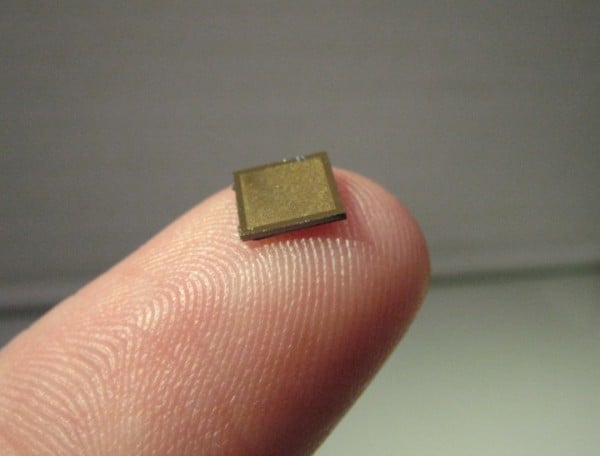
C Raina MacIntyre, UNSW Australia; Daniel Salmon, Johns Hopkins University, and Elizabeth Kpozehouen, UNSW Australia
English physician Edward Jenner developed the first vaccine more than 200 years ago to protect against smallpox. It was needle-free, involving arm-to-arm inoculation with the vaccinia virus.
Vaccinology as a discipline and a public health intervention developed exponentially in the mid 20th century. Vaccines against diphtheria, tetanus, whooping cough and polio were the first to have a major impact on disease burden globally.
But as more vaccines are developed, the challenge of delivering them with minimal pain, anxiety and number of visits to the doctor has increased.






